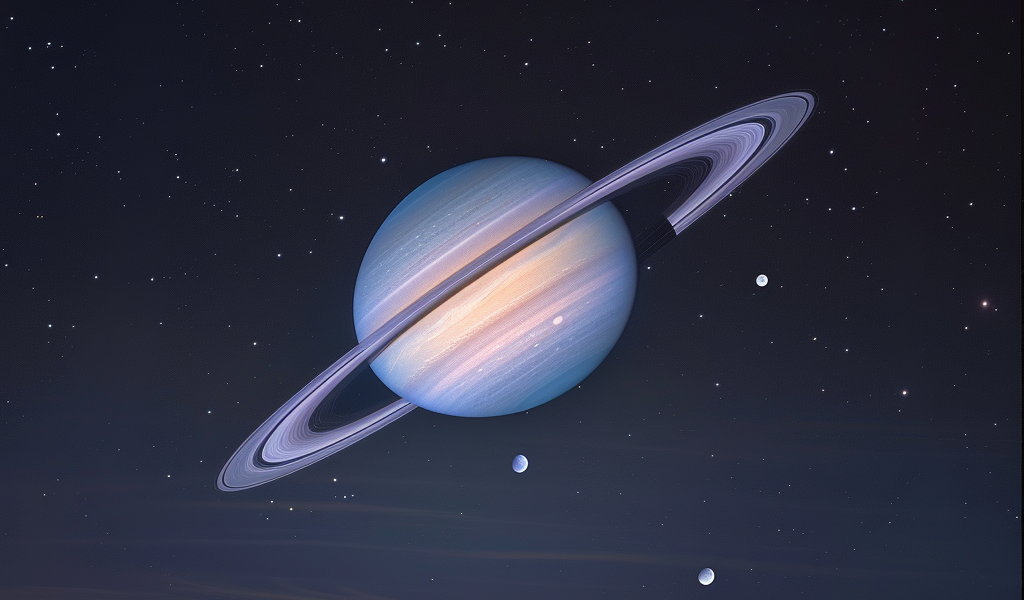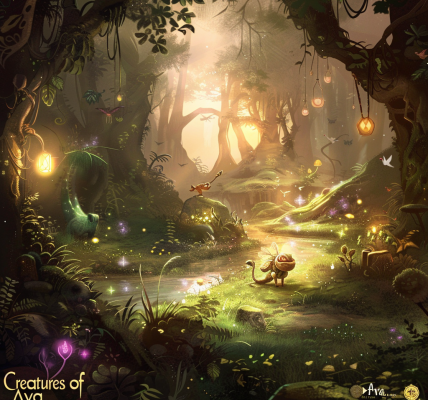As Saturn’s rings continue to narrow, astronomy enthusiasts are in for a treat as the planet’s moons take center stage in the night sky. This rare celestial event occurs every 13.5 to 15.7 years when Saturn’s rings appear perfectly horizontal from Earth, rendering them almost invisible to amateur telescopes due to their extreme thinness. While the main rings span approximately 300,000 kilometers, they can measure as little as 10 meters (33 feet) in thickness in certain areas, making them significantly thinner than a standard sheet of paper.
Mark your calendars for March 23, 2025, when Earth will pass through the ring plane, offering a unique viewing opportunity for stargazers. Saturn reached opposition on September 8, and it is currently positioned favorably in the southeastern sky at nightfall within the constellation Aquarius. Many astronomy fans recall their first encounter with Saturn, often reminiscing about the excitement of spotting the planet from their own backyards.
On the evening of September 25th, around 10 p.m. EDT, observers can witness an appulse, or close approach, between Saturn’s moons Dione and Tethys, located west of the planet. For those equipped with a 10-inch telescope boasting clean optics, Mimas will also be visible near its maximum elongation. It is important for observers to note that in the following images, north will be oriented upwards.
The years 2024 and 2025 are particularly significant for Saturn watchers, as they will have multiple opportunities to view the rings nearly edge-on. This rare perspective is only available once every 15 years, coinciding with Earth’s passage through the orbital plane of Saturn’s rings. However, the edgewise presentation on March 23, 2025, will occur just 11 days after solar conjunction, meaning that the planet will be shrouded in solar glare and unobservable during this time.
On the night of September 26th, conditions will be ideal for observing several of Saturn’s moons, many of which will be positioned favorably for viewing. This is a prime time for both seasoned astronomers and newcomers to explore the wonders of our solar system. With the right equipment and clear skies, enthusiasts can take advantage of this rare celestial alignment to witness the beauty of Saturn and its moons.
For those interested in astronomy, this is an excellent opportunity to engage with the cosmos. Whether you’re a seasoned observer or a beginner, the upcoming nights promise an exciting glimpse into the intricate dance of Saturn’s moons and the majestic rings that surround this gas giant. As the seasons change and the nights grow longer, the sky will reveal its treasures, inviting all to look up and explore the mysteries of the universe.





